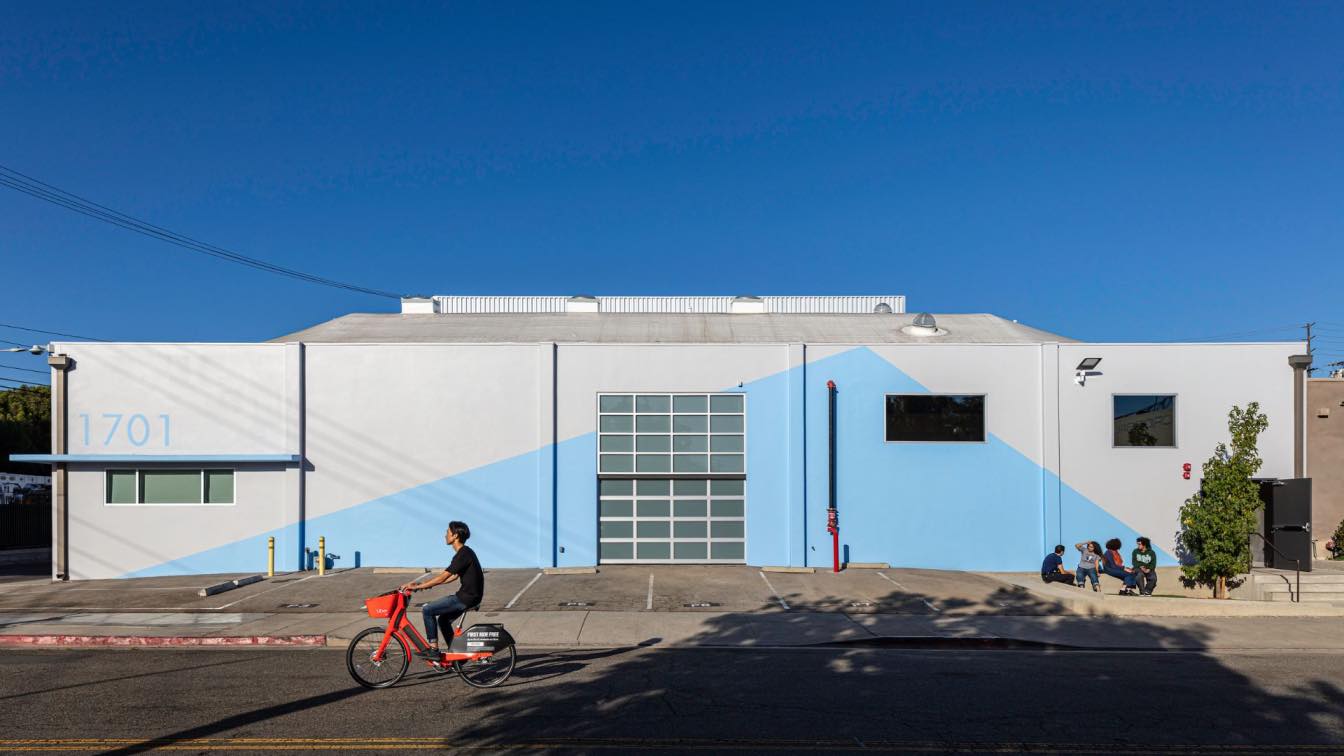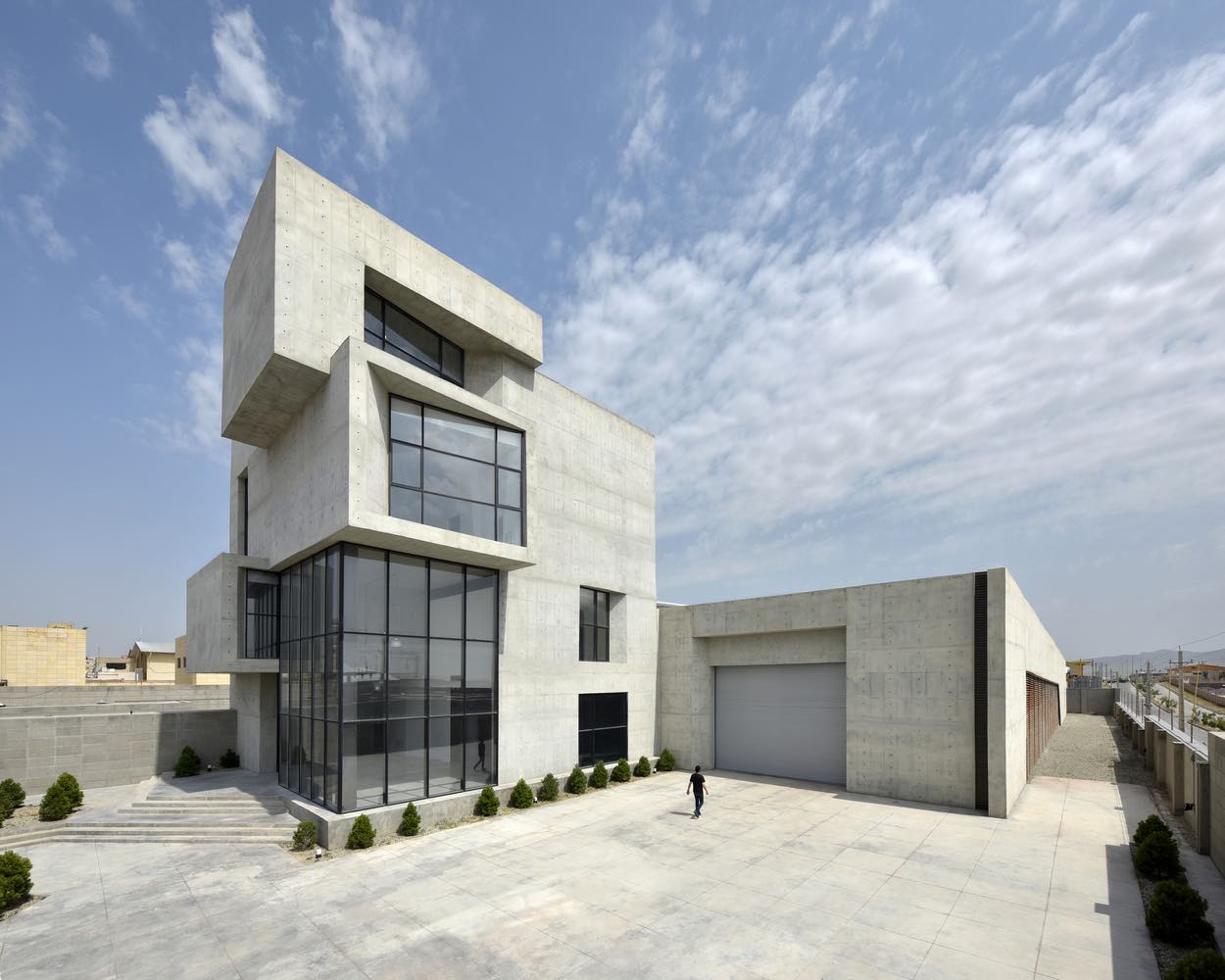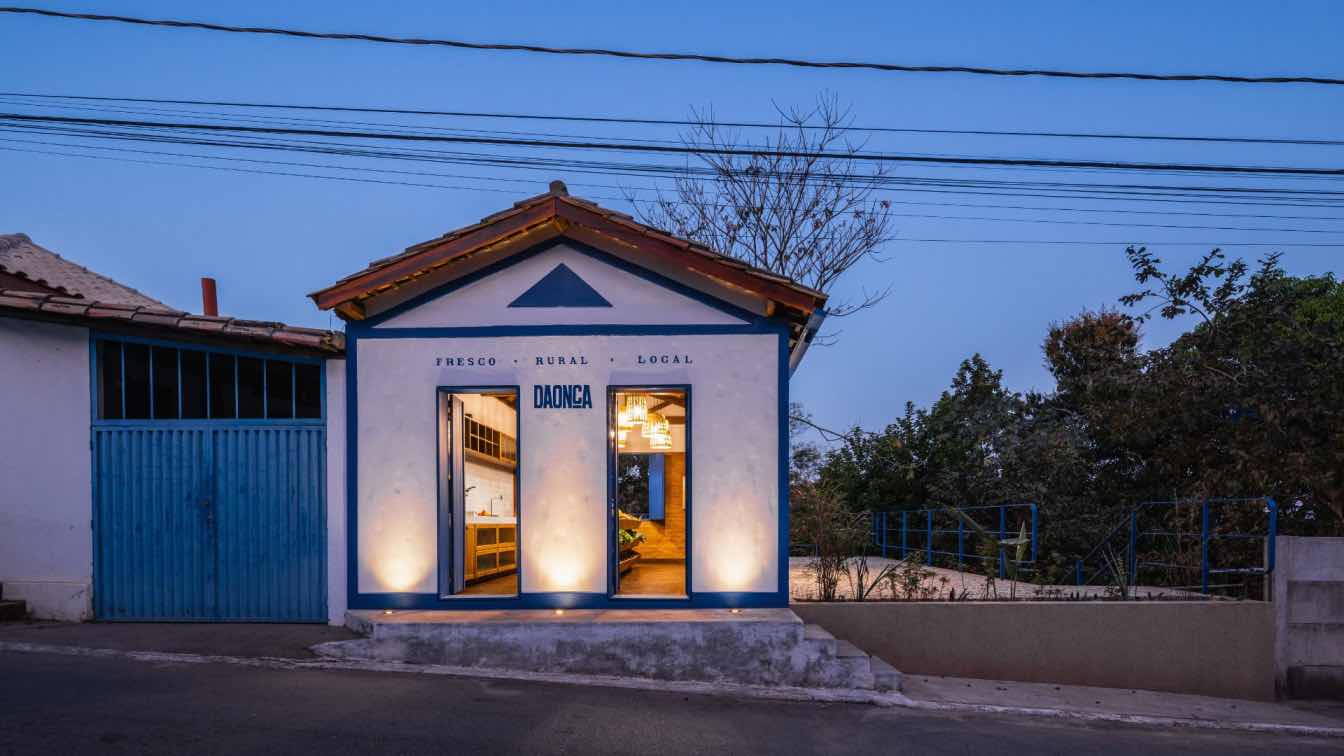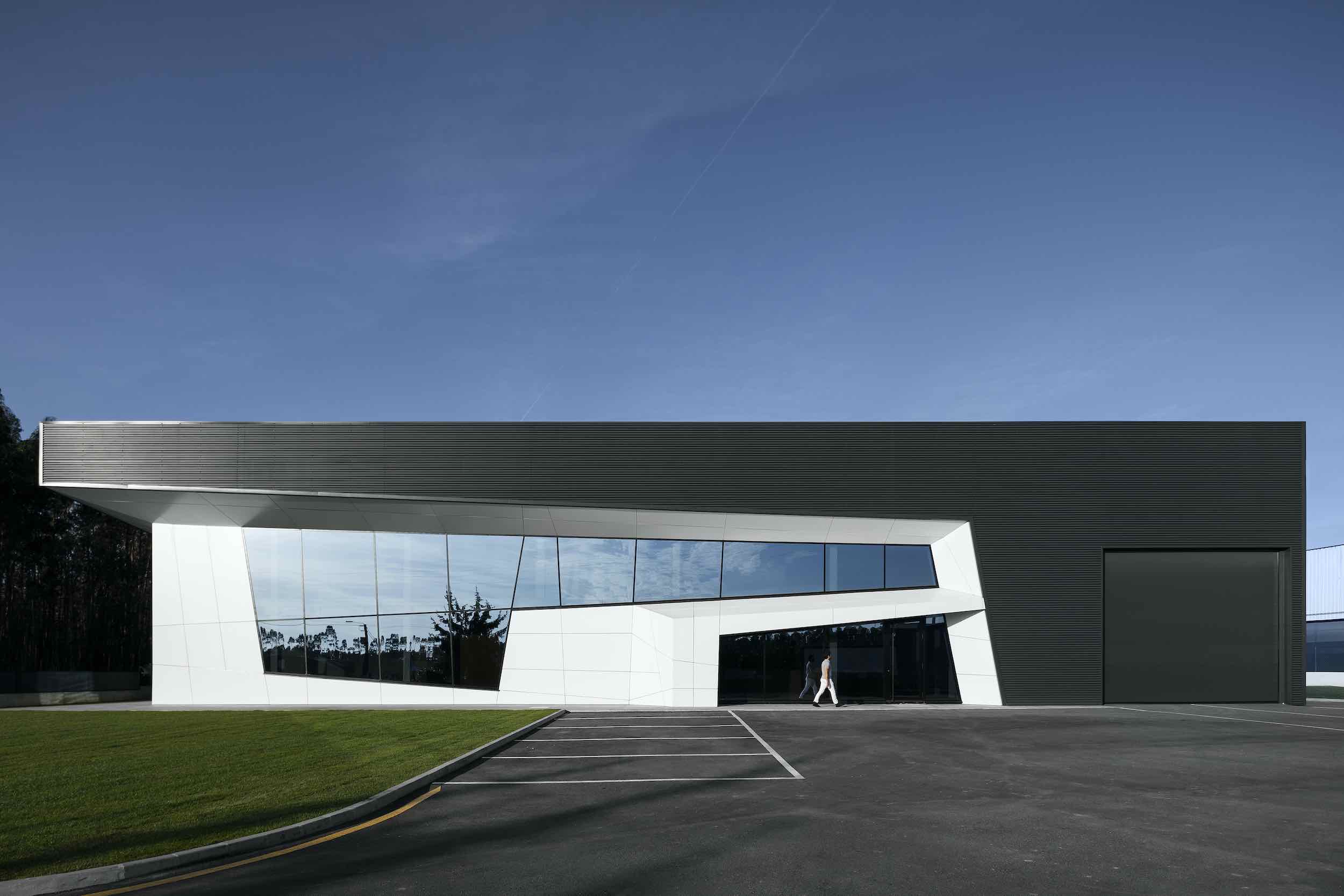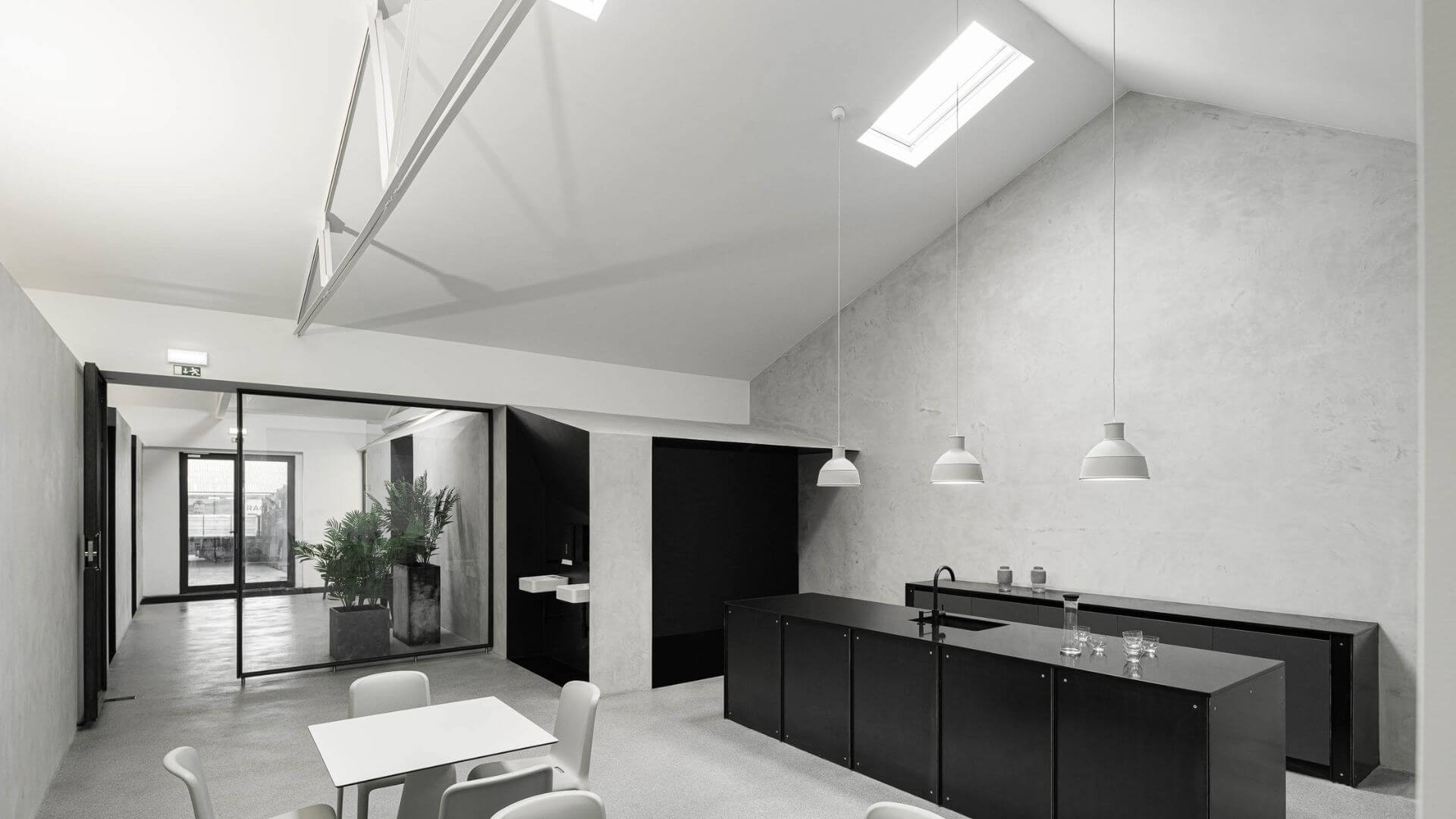LOC Architects: An urban landscape inside a former airplane parts storage warehouse accommodates an eclectic series of uses for a Los Angeles area private school, while at the same time providing an inspirational series of intervening spaces to enrich the student experience.
What was the brief?
The project entailed the conversion of a 12,000 sf industrial building that was used to store airplane parts into a school building for arts and athletics use.
Who are the clients and what's interesting about them?
LOC has had a long working relationship with Crossroads School (Ali Jeevanjee is an alum), beginning with a master plan executed in 2011. Crossroads is unusual in that it does not have a campus that is clearly defined in any traditional sense of the word. The school’s Santa Monica, CA campus is, instead, a series of industrial buildings acquired over four plus decades which are all adjacent to an alley, known as The Alley, which is the central outdoor gathering space of the existing campus. As the school continues to grow it is acquiring buildings on the adjacent blocks, as it did with this airplane parts warehouse, enabling it to expand into the surrounding industrial urban fabric in an ad hoc fashion.
What were the key challenges?
LOC was faced with the challenge pf transforming an existing airplane parts storage warehouse into an engaging and inspirational educational environment. Moreover, the client wished to house a typically incompatible set of programs (art and athletics) in this newly renovated facility.
What were the solutions?
The large volume of the space provided an essential opportunity to create an inspirational space. LOC capitalized on this by inserting the varied programs as a discrete series of volumes within this, to create a miniature urban landscape within the building for the students to navigate. Natural light was introduced via large tubular daylighting devices and a translucent polycarbonate wall to further enhance the user experience. Marine plywood walls were used to create a warmer, more humanist experience in this industrial space.
Key products used:
Gallina Arcoplus 625 Interlocking Clear polycarb panels
Solatube 750 DS-O and M74 DS tubular daylighting devices
Marine plywood interior wall finish



























